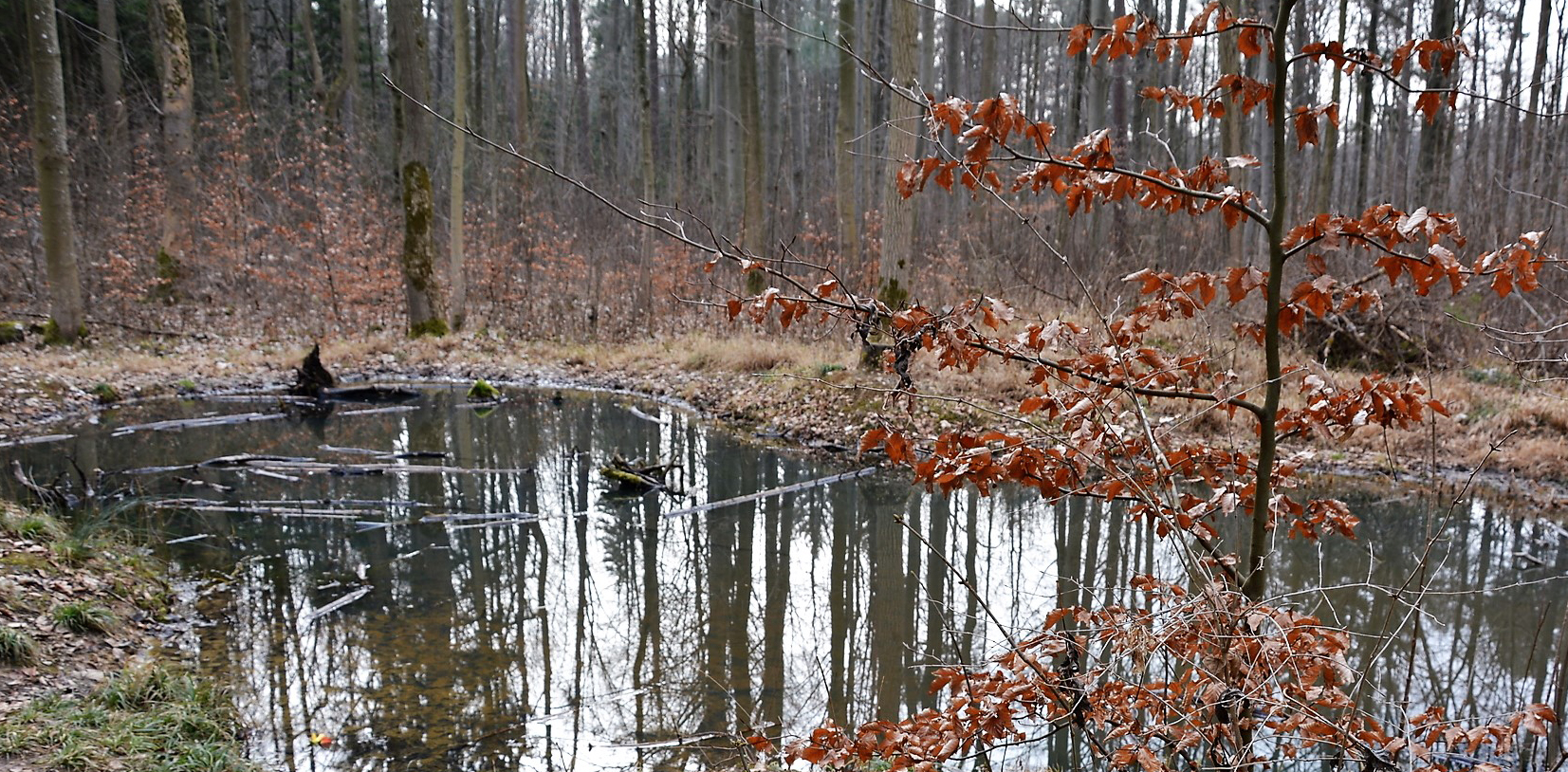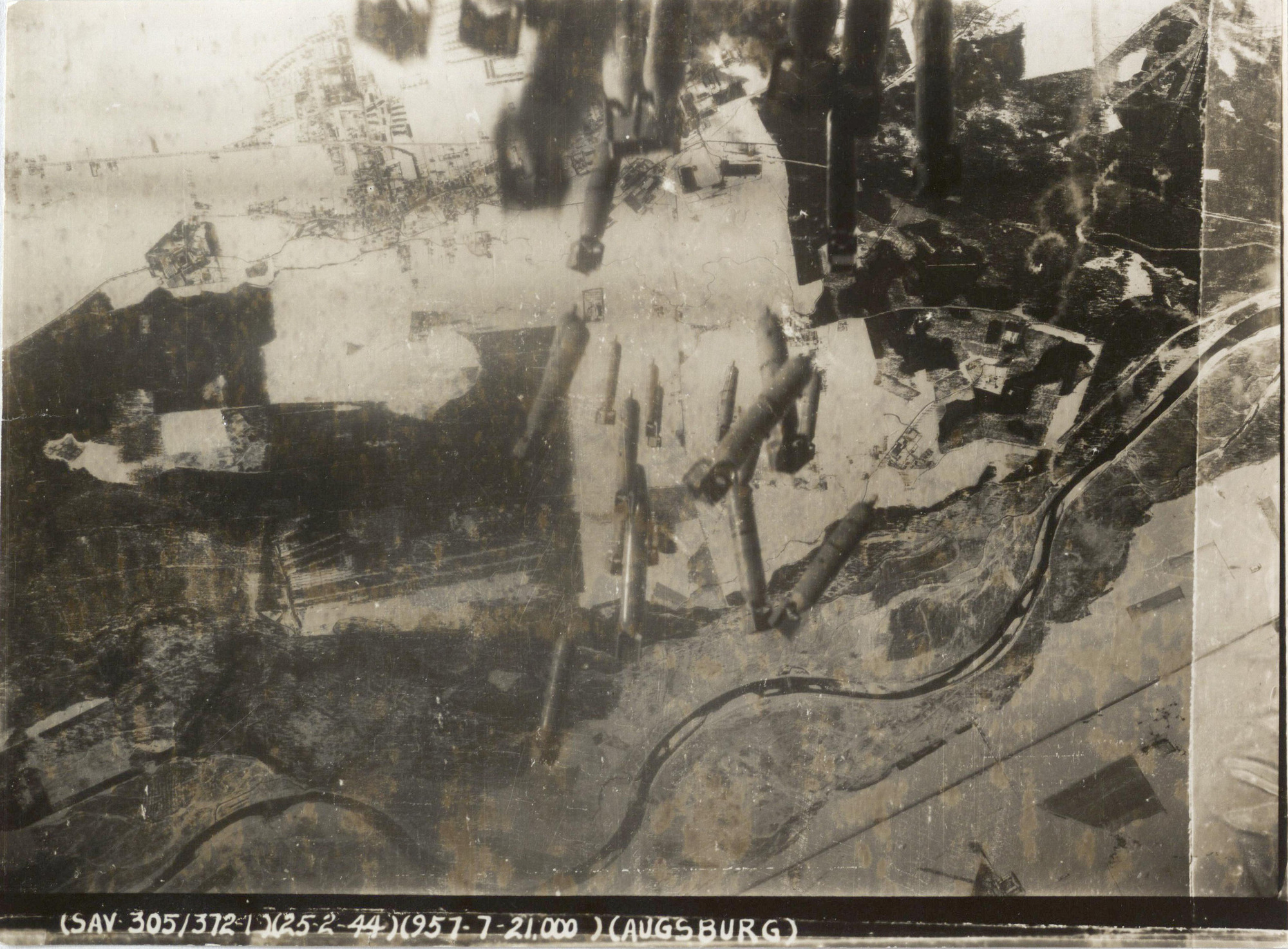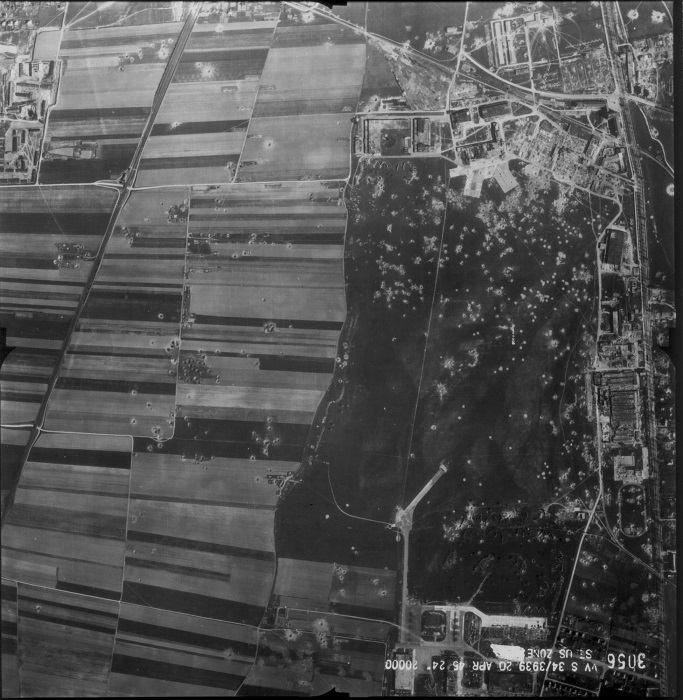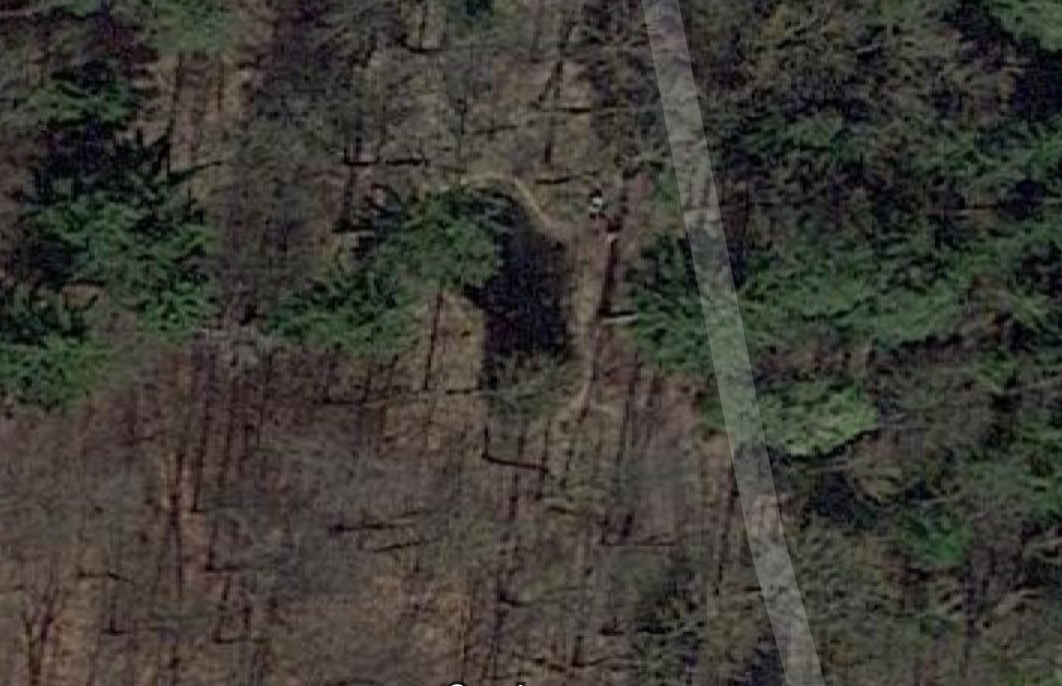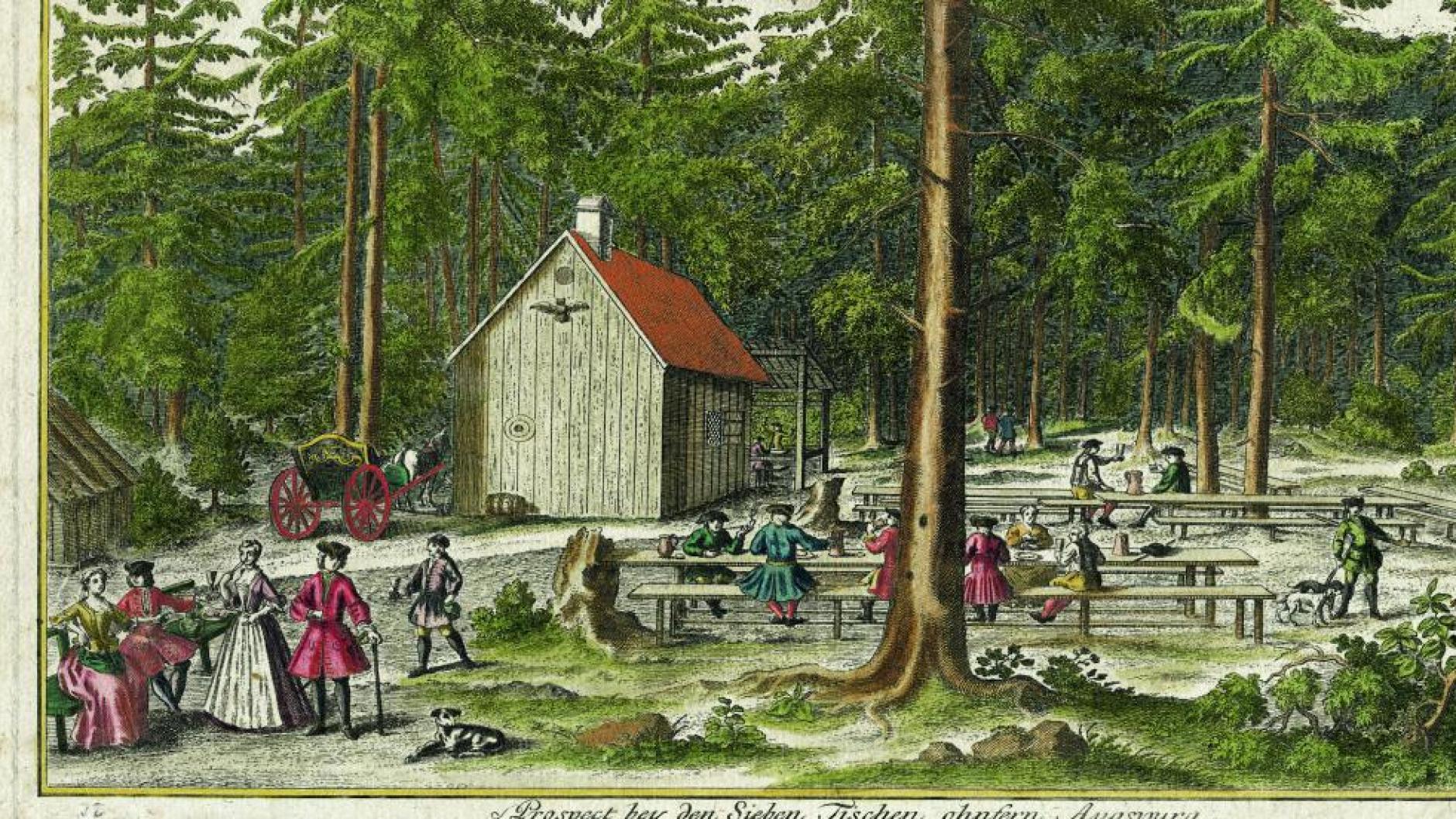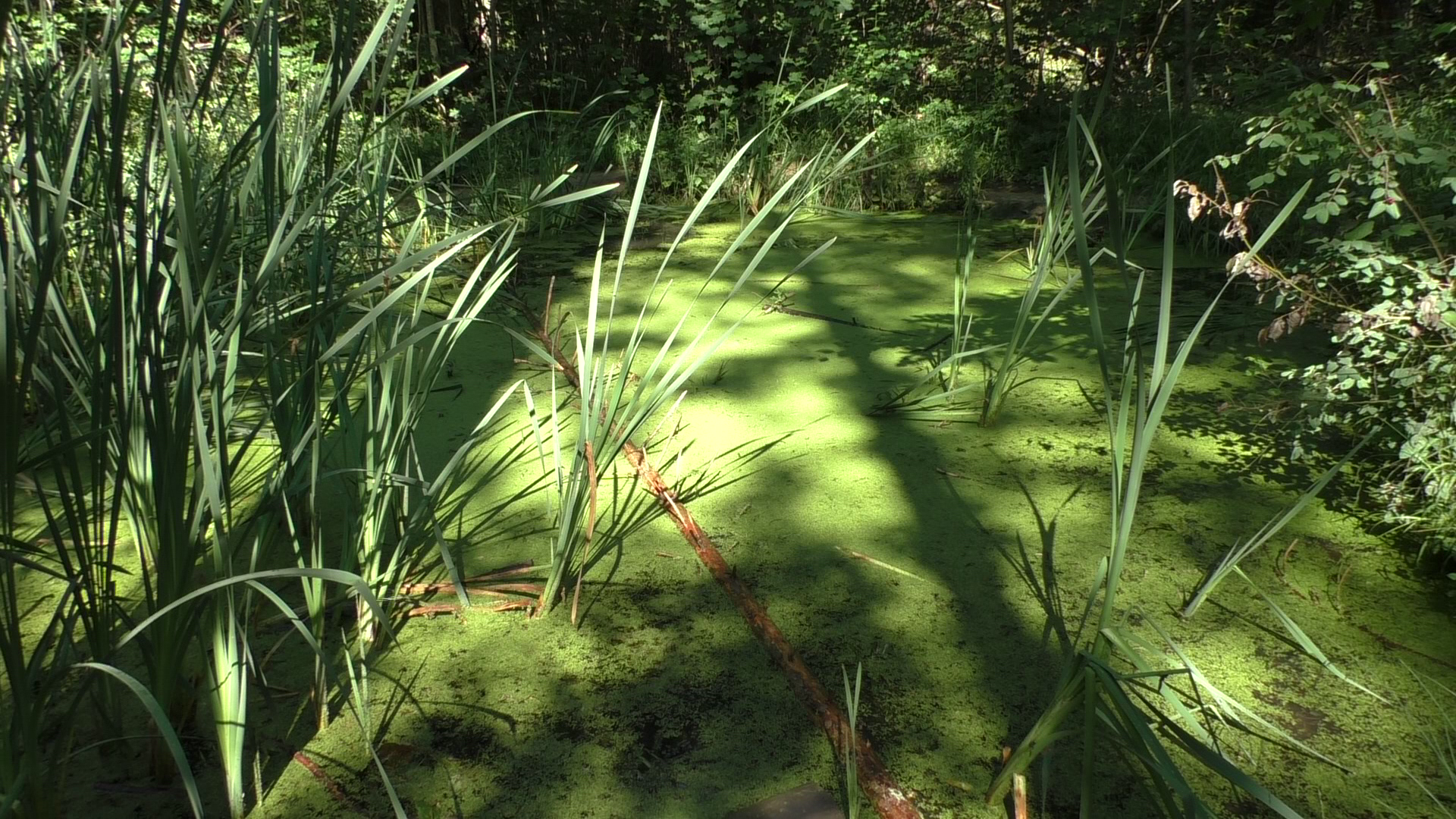LOCATION
Himmelsweiher im Siebentischwald (Augsburg)
Der Name „Siebentischwald“ rührt von einer Gaststätte mit sieben Tischen, die sich im Wald befand und im 19.Jahrhundert ein beliebtes Ausflugsziel war. Die Gaststätte wurde bei dem Luftangriff auf Augsburg 1944 so schwer beschädigt, dass man entschied, sie abzureißen. Die Bombardierung bis 1945 hinterließ im Waldboden zahlreiche Bombentrichter - Kriegsnarben in der Landschaft.
Der Siebentischwald ist eine Auenlandschaft, die noch vor 100 Jahren von den reißenden Hochwässern des Lechs geprägt wurde. Zu den zahlreichen Folgen der Hochwasserregulierung gehört, dass zusehends kleine Tümpel und damit wichtige Laichgewässer für Kröten und Frösche fehlen.
Im Siebentischwald werden deswegen kleine Himmelsweiher (Tümpel, die nur mit Regenwasser gespeist werden) angelegt. Um die Bodenverletzung so gering wie möglich zu halten, werden dazu keine neuen Gruben ausgehoben, sondern Bombentrichter mit Lehm abgedichtet und einmalig mit Wasser aufgefüllt. Dann erhalten die Tümpel ihr Wasser nur noch über Niederschläge.
Sie dienen auch als idealer Lebensraum für Libellen und andere Wasserinsekten.
Himmelsweiher at the Siebentischwald (Augsburg)
The name "Siebentischwald" comes from a restaurant with seven tables that was located in the forest and was a popular destination in the 19th century. The restaurant was so badly damaged in the air raid on Augsburg in 1944 that it was decided to demolish it. The bombing until 1945 left numerous bomb craters in the forest floor - war scars in the landscape.
The Siebentischwald is a meadow landscape that was shaped 100 years ago by the raging floods of the Lech. One of the numerous consequences of flood regulation is that there is an increasing lack of small ponds and thus important spawning waters for toads and frogs. For this reason, small “Himmelsteiche” (ponds that are only fed with rainwater) are created in the Siebentischwald. In order to keep the soil damage as low as possible, no new pits are dug, but bomb craters are sealed with clay and filled with water once. Then the pools receive their water only through precipitation. They also serve as ideal habitats for dragonflies and other aquatic insects.

